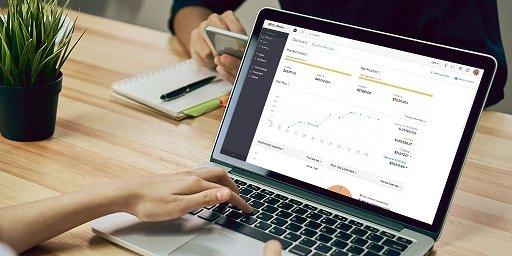Particularly for freelancers, who frequently encounter unique obstacles when attempting to maximize tax savings and file taxes accurately, tax preparation can be a daunting task for investors. Entrepreneurs now, nevertheless, benefit from a plethora of tools and software that streamline the tax submission procedure, owing to the swift progressions in technology. With an emphasis on the challenges freelancers encounter and the ways in which technology can assist them in surmounting these obstacles, this article will examine the function of technology in streamlining the tax filing process for business owners and gig workers, like 1099 Doordash drivers.
The complexity inherent in the 1099 tax form constitutes a principal obstacle encountered by freelancers in the process of tax filing. Freelancers are required to accurately disclose their income and expenses on Form 1099, as opposed to Form W-2 as is the case for traditional employees. Independent contractors must deduct eligible expenses and include all sources of income in order to maximize their IRS tax savings; this can be a laborious and time-consuming process.
Freelancers are now better equipped to manage the 1099 tax form, thanks to technological advancements. In contemporary times, freelancers have access to an abundance of online platforms and software applications that streamline the organization of their income and expenses. Automatic income data importation and expense categorization are capabilities of these tools when they establish connections with a variety of payment platforms and financial institutions. Freelancers can expedite the tax filing process and mitigate the likelihood of errors by optimizing this procedure.
Calculating self-employment tax is an additional obstacle that freelancers encounter. Independent contractors, or self-employed individuals, are obligated to remit self-employment tax, which comprises the employee and employer contributions to Social Security and Medicare. Freelancers are required to calculate their net income and apply the applicable tax rates when applying this tax, which can be a complicated process.
The self-employment tax calculation process has been thankfully simplified by technological advancements. Based on the freelancer’s income and other pertinent factors, online tax software and calculators can now precisely compute the self-employment tax liability. By obviating the necessity for labor-intensive computations, these tools mitigate the likelihood of inaccuracies and guarantee that independent contractors remit the accurate quantity of self-employment tax.
Self-employed individuals encounter the additional obstacle of fulfilling quarterly tax obligations, apart from the computation of self-employment tax. Freelancers are obligated to remit estimated quarterly tax payments throughout the year, as opposed to traditional employees who have duties deducted from their paychecks. The process of determining their quarterly income, deductions, and tax liability can prove to be perplexing and daunting for freelancers.
Freelancers’ quarterly tax payments have been thankfully streamlined through the help of technology. Today, freelancers can forecast their quarterly tax payments using online platforms and software that calculate deductions and income. By automating the payment process, these tools also facilitate the online submission of tax payments by freelancers. Freelancers have the ability to fulfill their tax responsibilities and circumvent penalties for underpayment by utilizing technological advancements.
Additionally, technology has simplified the monitoring and administration of business expenses for independent contractors. An inadequate expense management system among freelancers can result in overlooked deductions and increased tax obligations. However, freelancers can now effortlessly document and classify their business expenses while on the move, thanks to the availability of expense monitoring applications and software.
These applications facilitate the process of tax deduction identification by enabling freelancers to digitally capture receipts, monitor mileage, and classify expenditures. Freelancers can attain optimal tax savings and guarantee the inclusion of all eligible deductions by implementing technological systems for expense tracking and management.
In summary, technology significantly contributes to the streamlining of the tax filing process for business owners, specifically freelancers who encounter distinct obstacles in their pursuit of fiscal savings maximization and precise tax filing. Freelancers can automate the following tasks: gathering and managing business expenses, determining self-employment tax, and submitting quarterly tax payments through the utilization of online platforms, software, and calculators. Through the utilization of technology, independent contractors can optimize their tax savings, minimize errors, and guarantee compliance with tax obligations.

